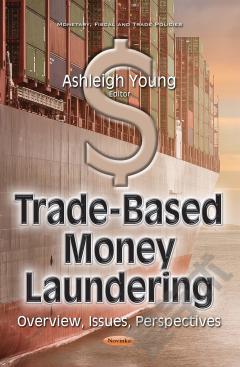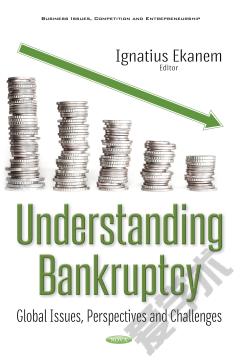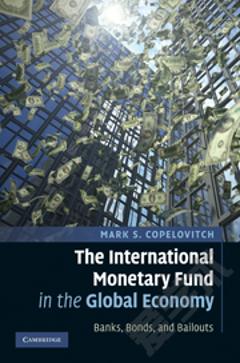International Remittances: Background, Verification Proposals, and Money Laundering Issues
This book focuses on remittances, transfers of money and capital sent by migrants and foreign immigrant communities to their home country. At over $432 billion in 2015, remittances sent home by international migrants to developing countries is larger than official development assistance (ODA) and more stable than private capital flows to these countries. The United States is the largest destination for international migrants and by far the largest source of global remittances. The World Bank estimates $56.3 billion in official remittance outflows from the United States in 2014. As the market for remittances has ballooned, banks, traditional money transfer companies, and entrepreneurs have responded to increased demand by increasing the amount of remittance channels available to migrants, including mobile, Internet, and card-based options. This book also examines the potential effects of a fine on remitters unable to provide proof of legal immigration status; the Bureau of Economic Analysis' (BEA) remittance estimate and the extent to which its revised estimation methodology met government-wide policies and best practices; the Bank Secrecy Act (BSA) remittance requirements that exist for remittance providers and related challenges that remittance providers face in complying with these requirements; money laundering risks that remittances pose; and stakeholders’ views on the extent to which requiring remittance providers to verify identification and collect information at a lower dollar transaction amount than is currently required, or adding a requirement to verify legal immigration status, would assist federal agencies’ anti-money laundering (AML) efforts.
{{comment.content}}








 京公网安备 11010802027623号
京公网安备 11010802027623号